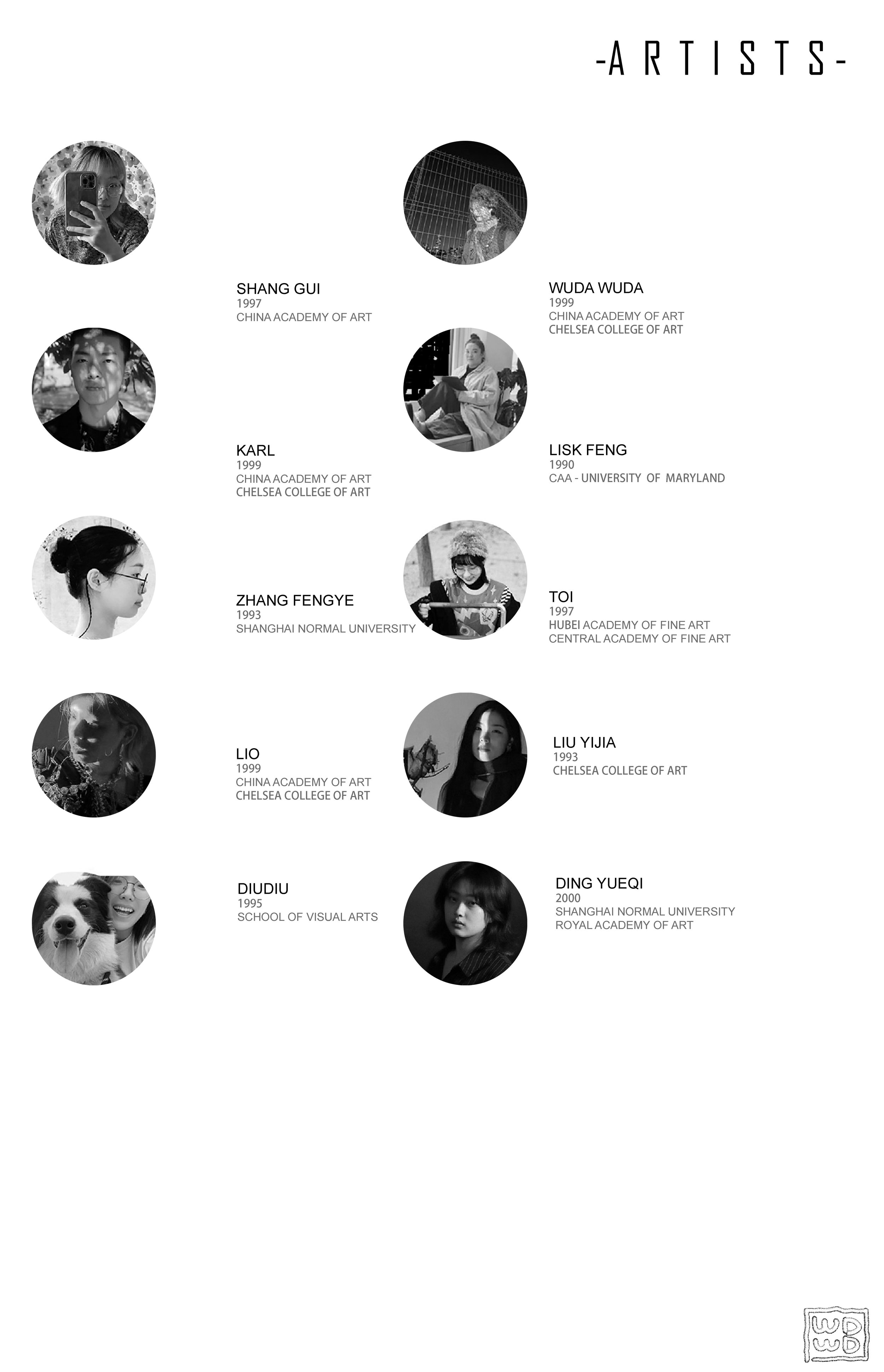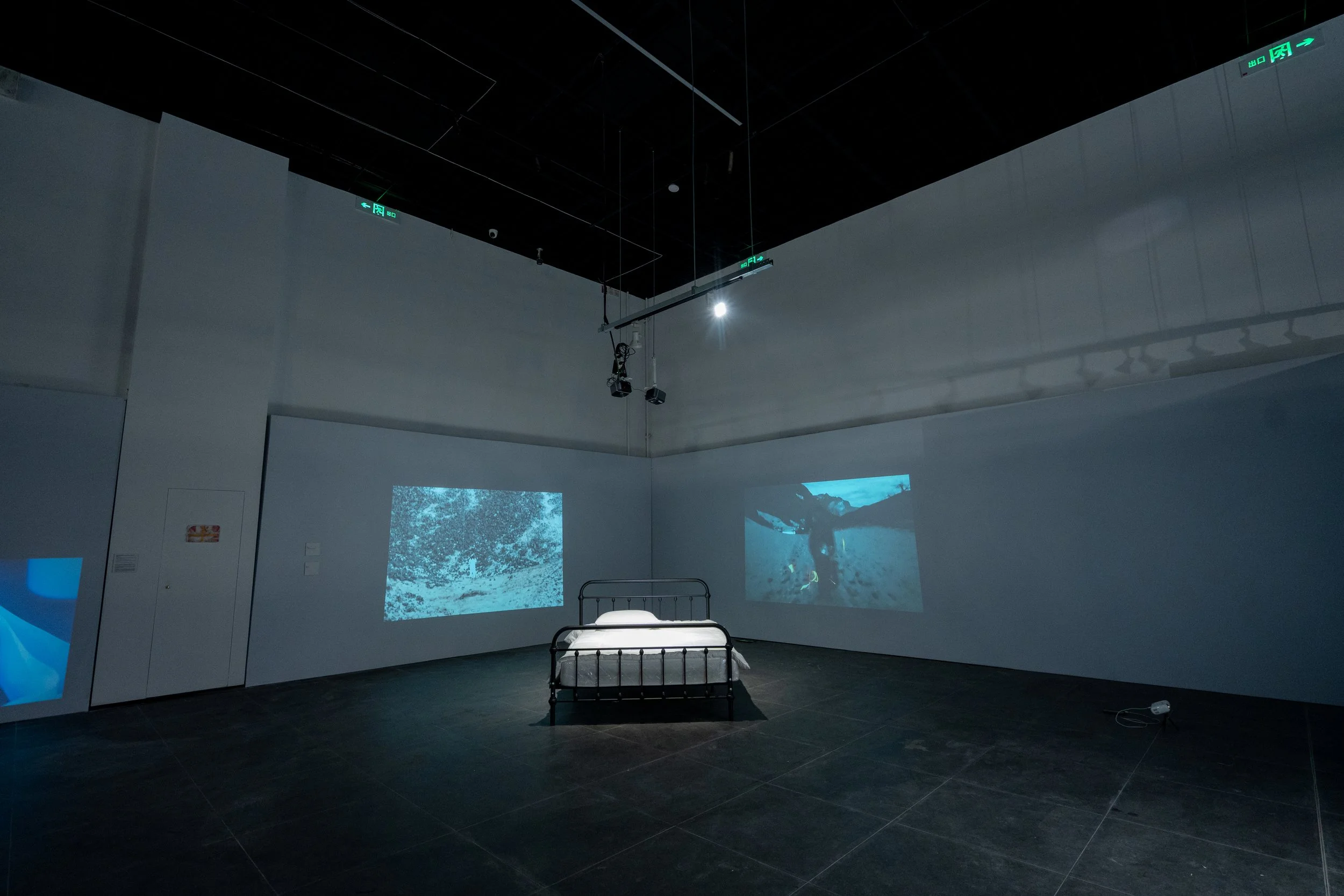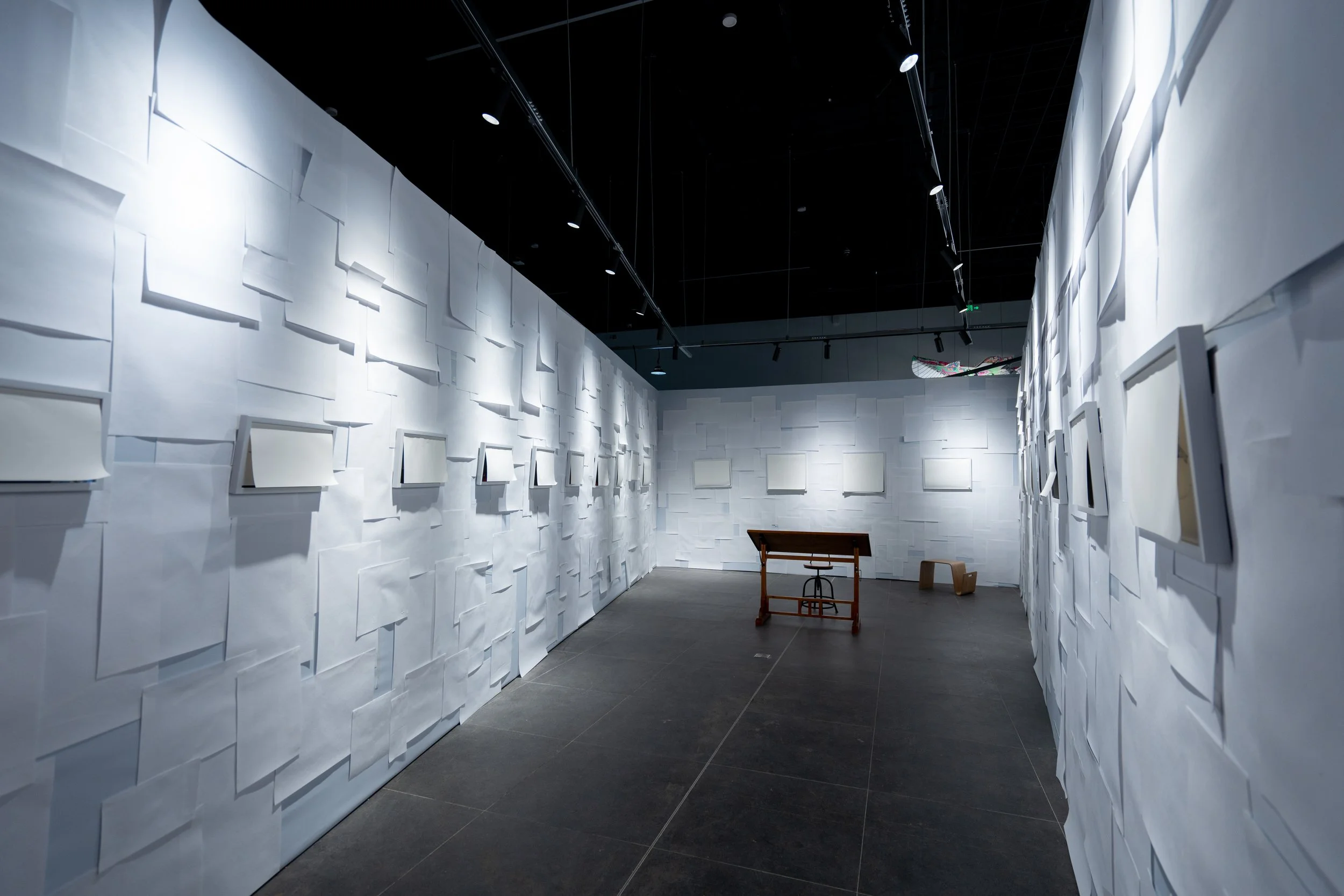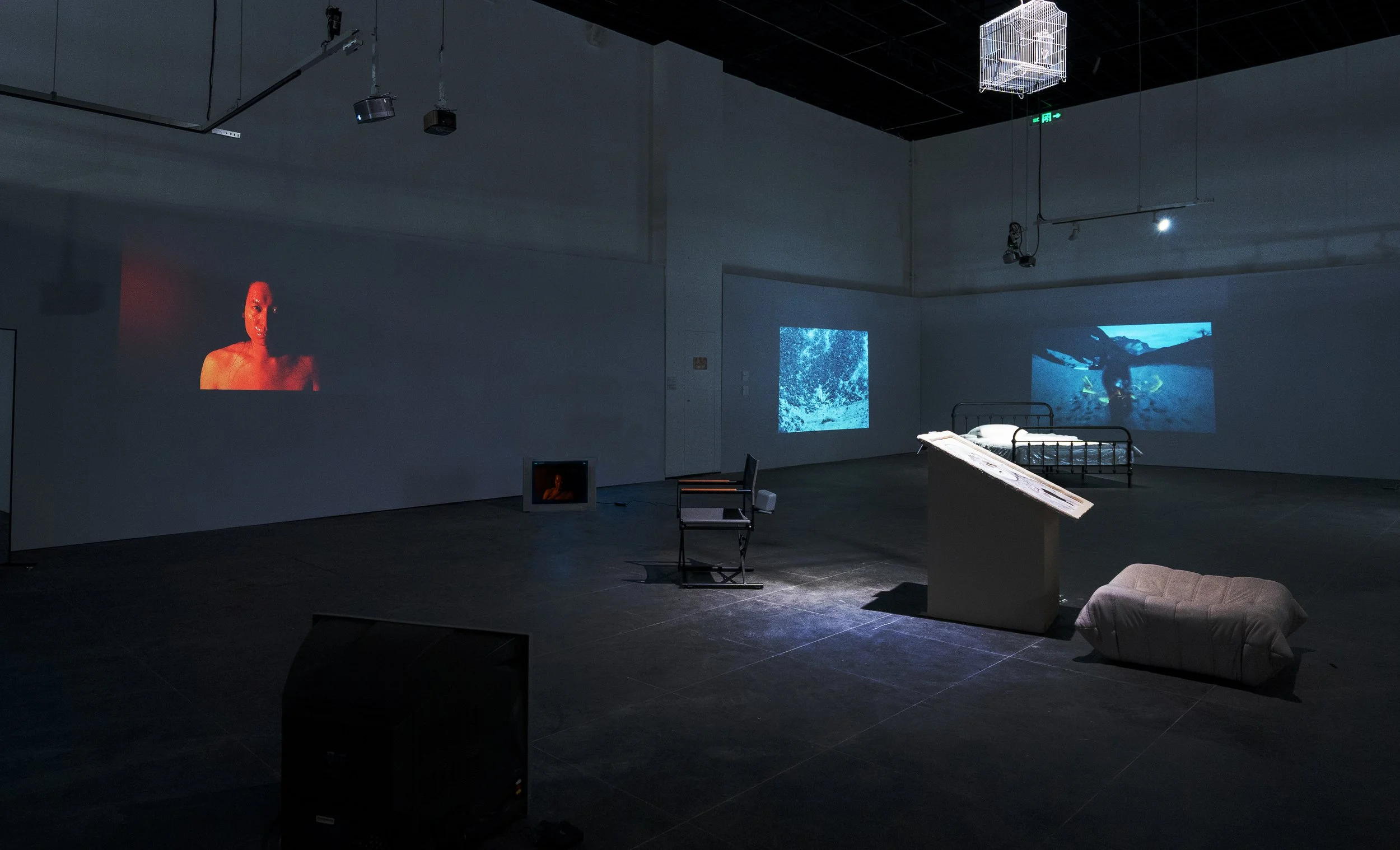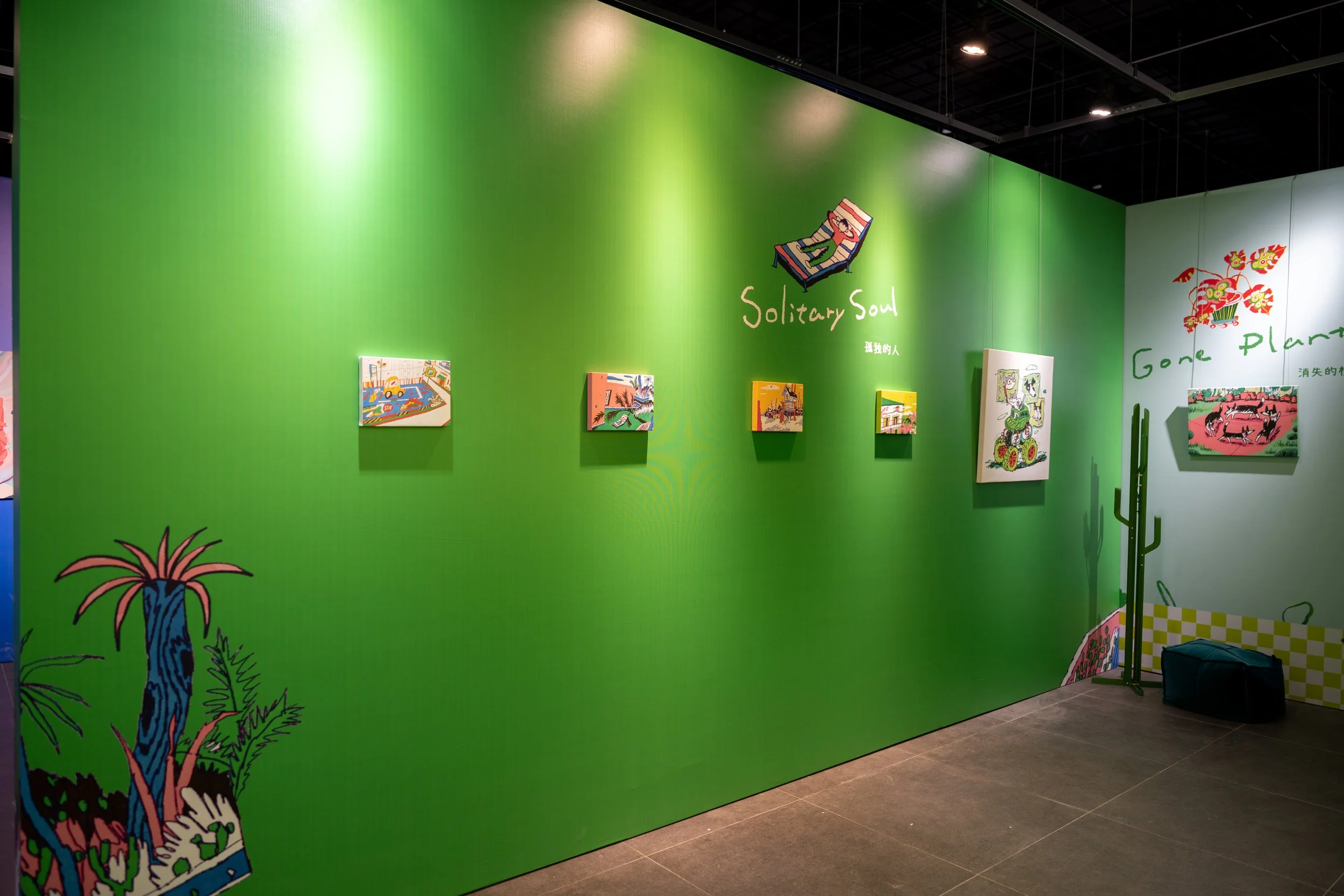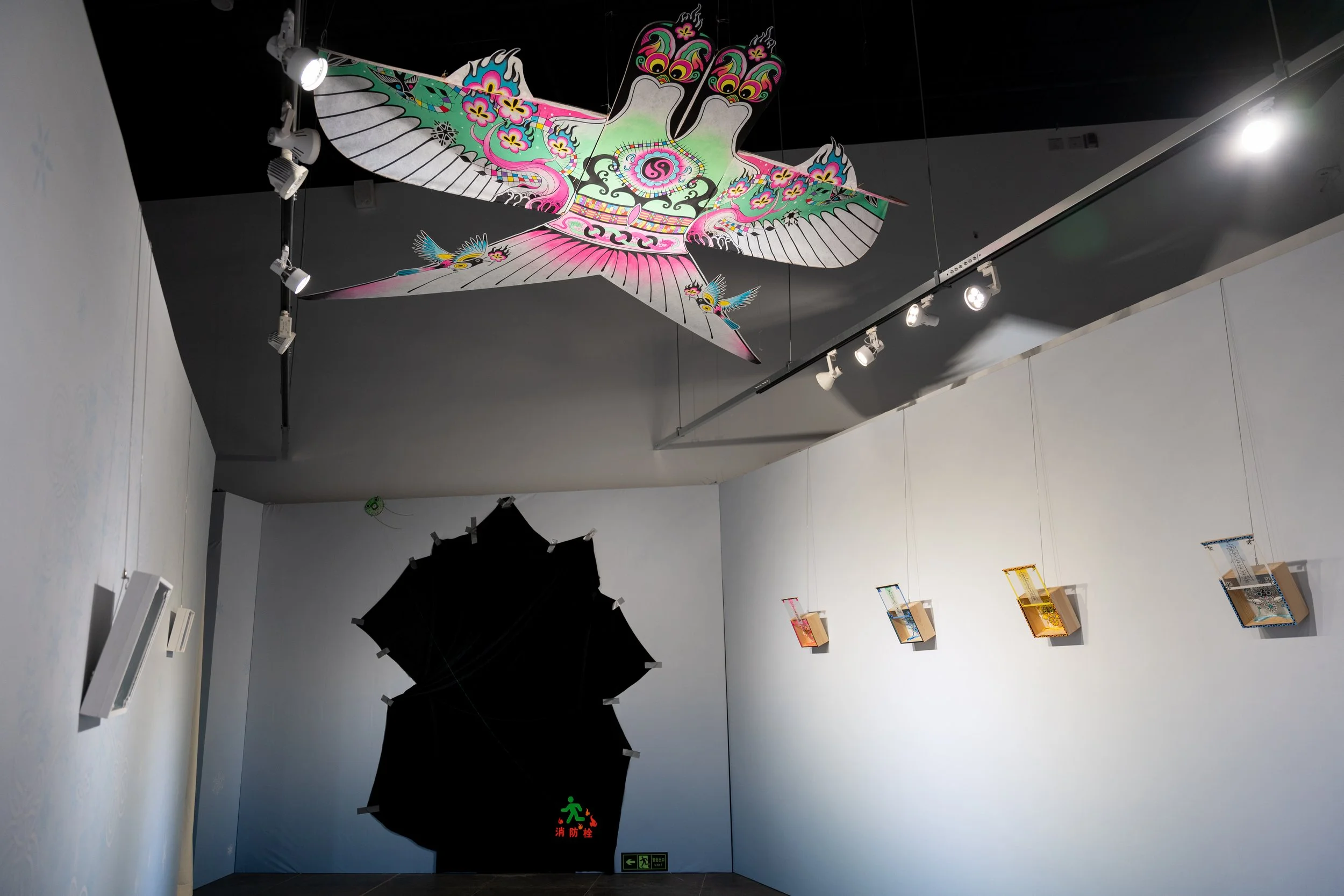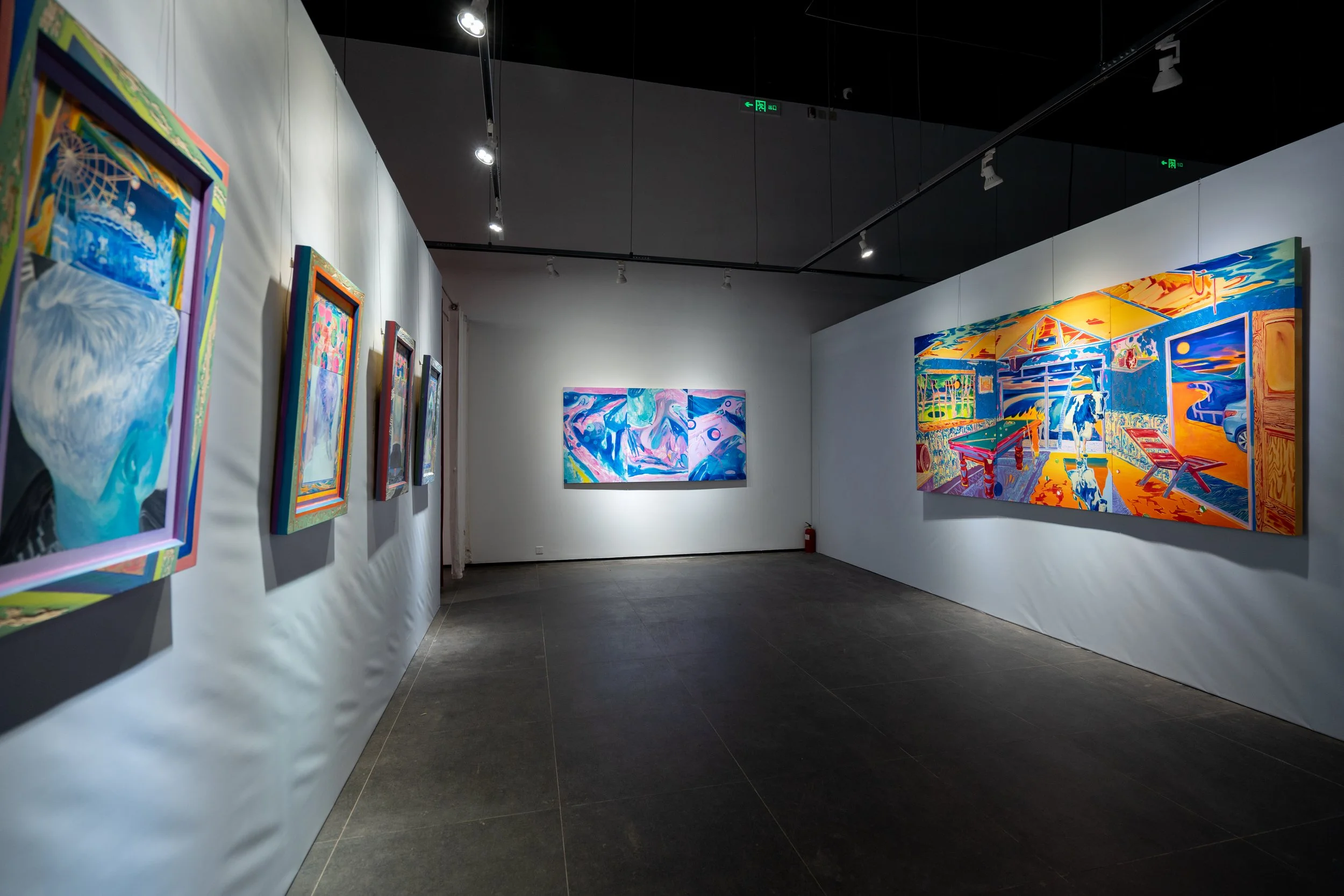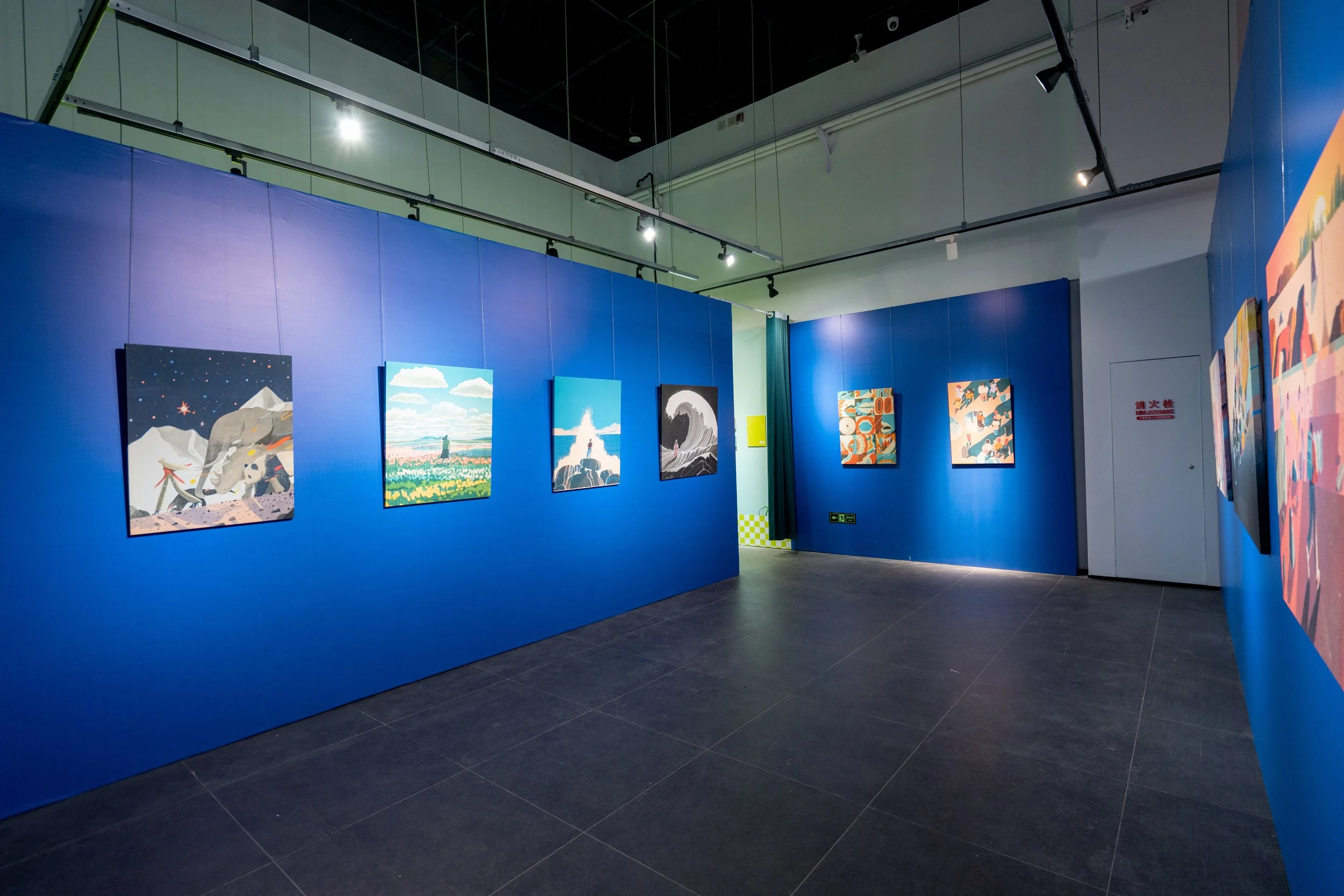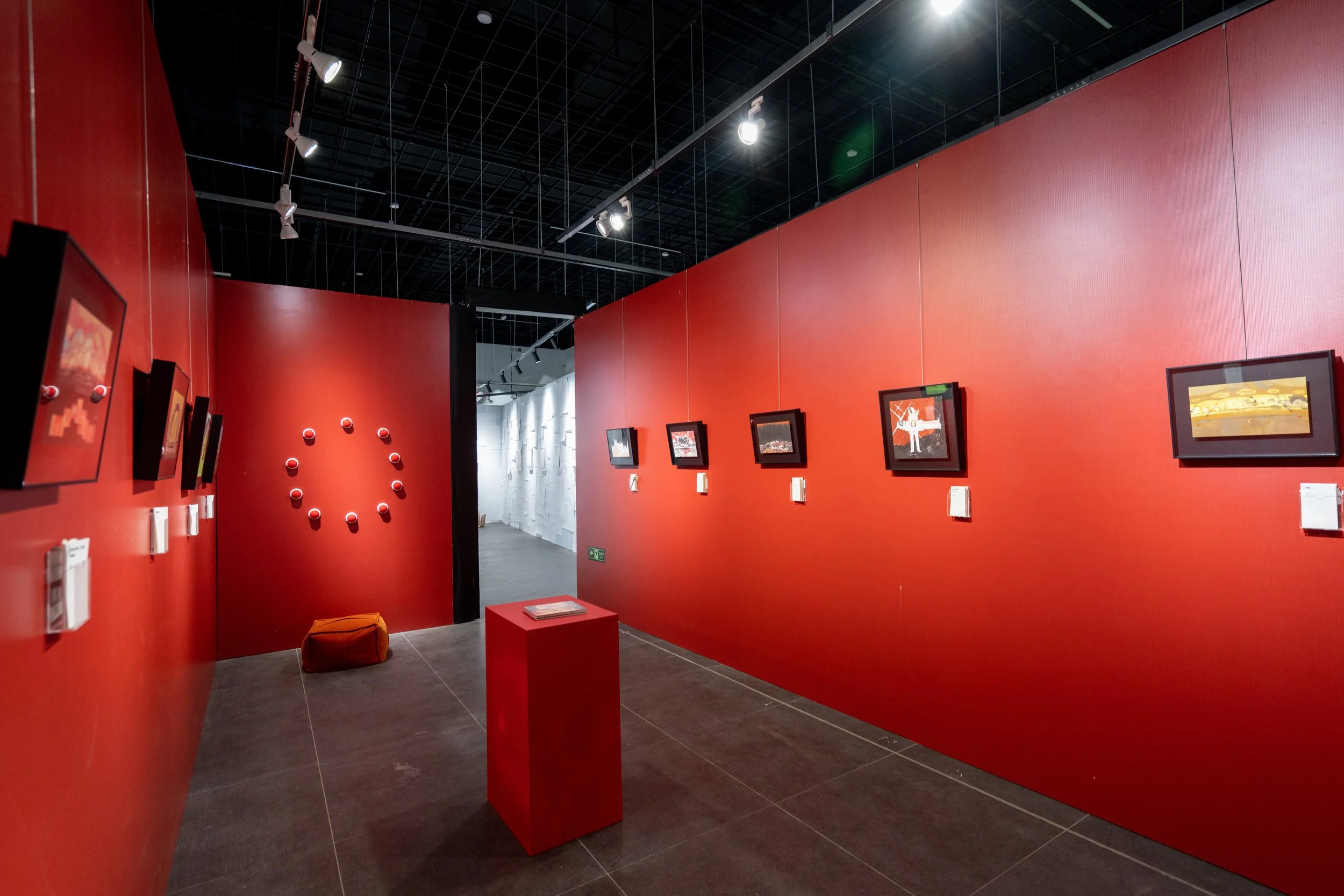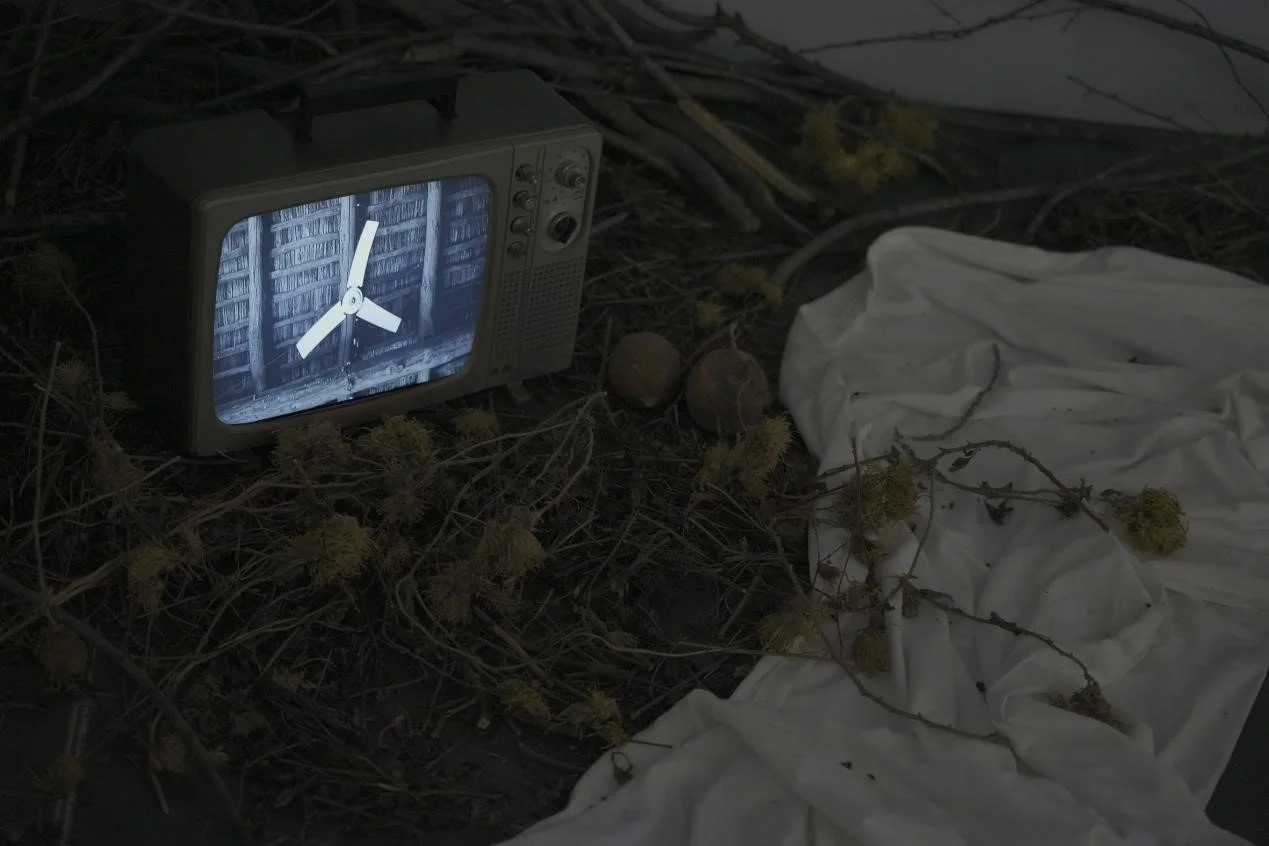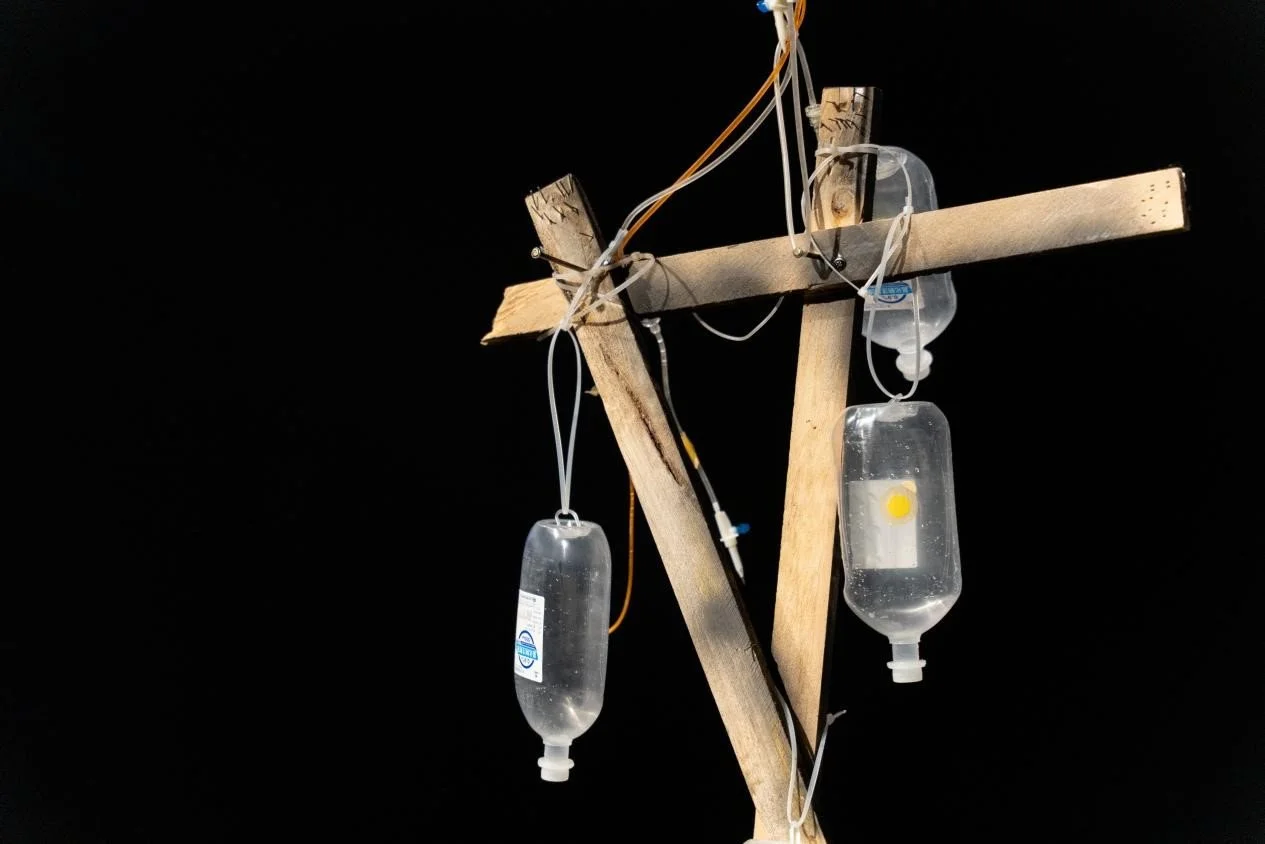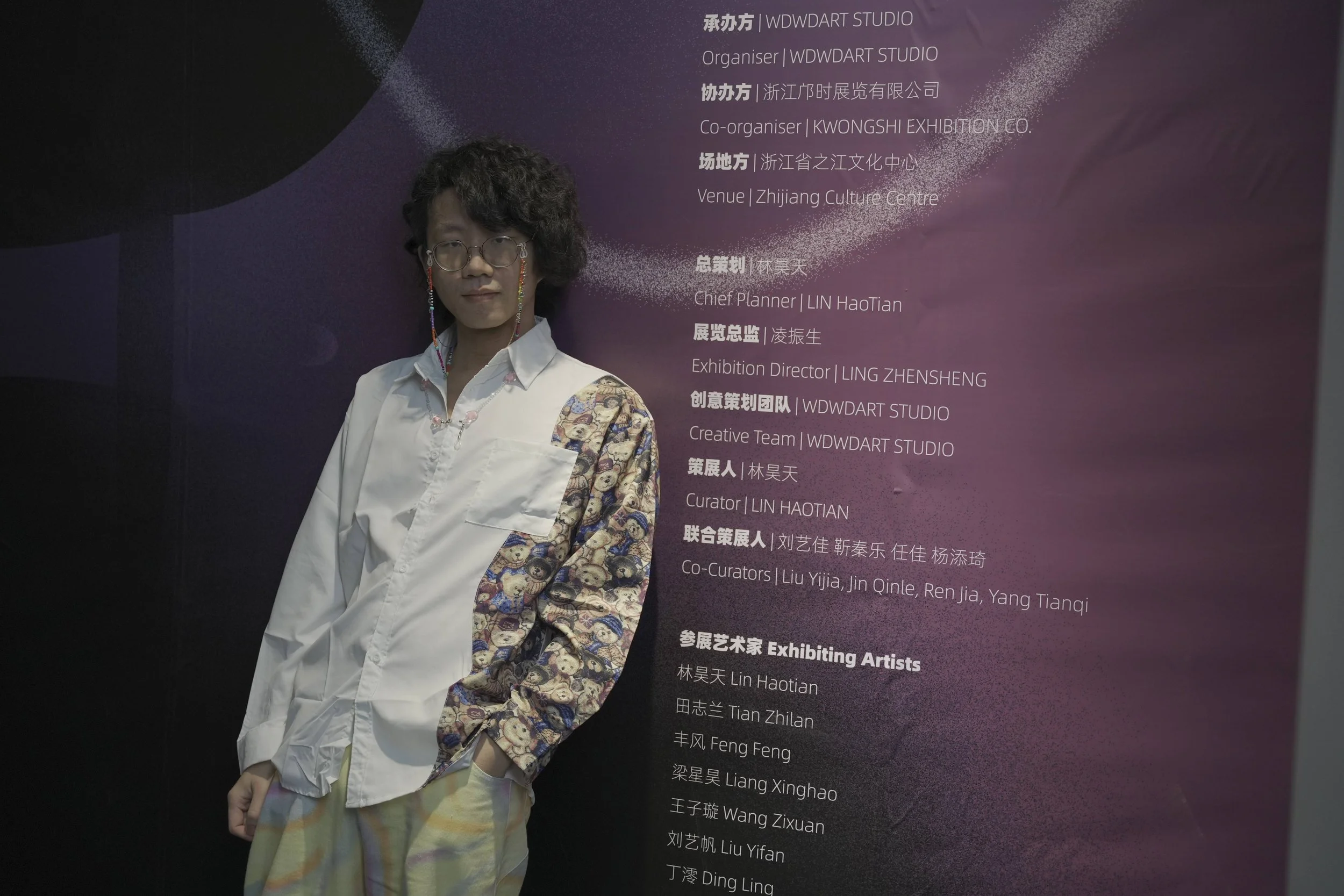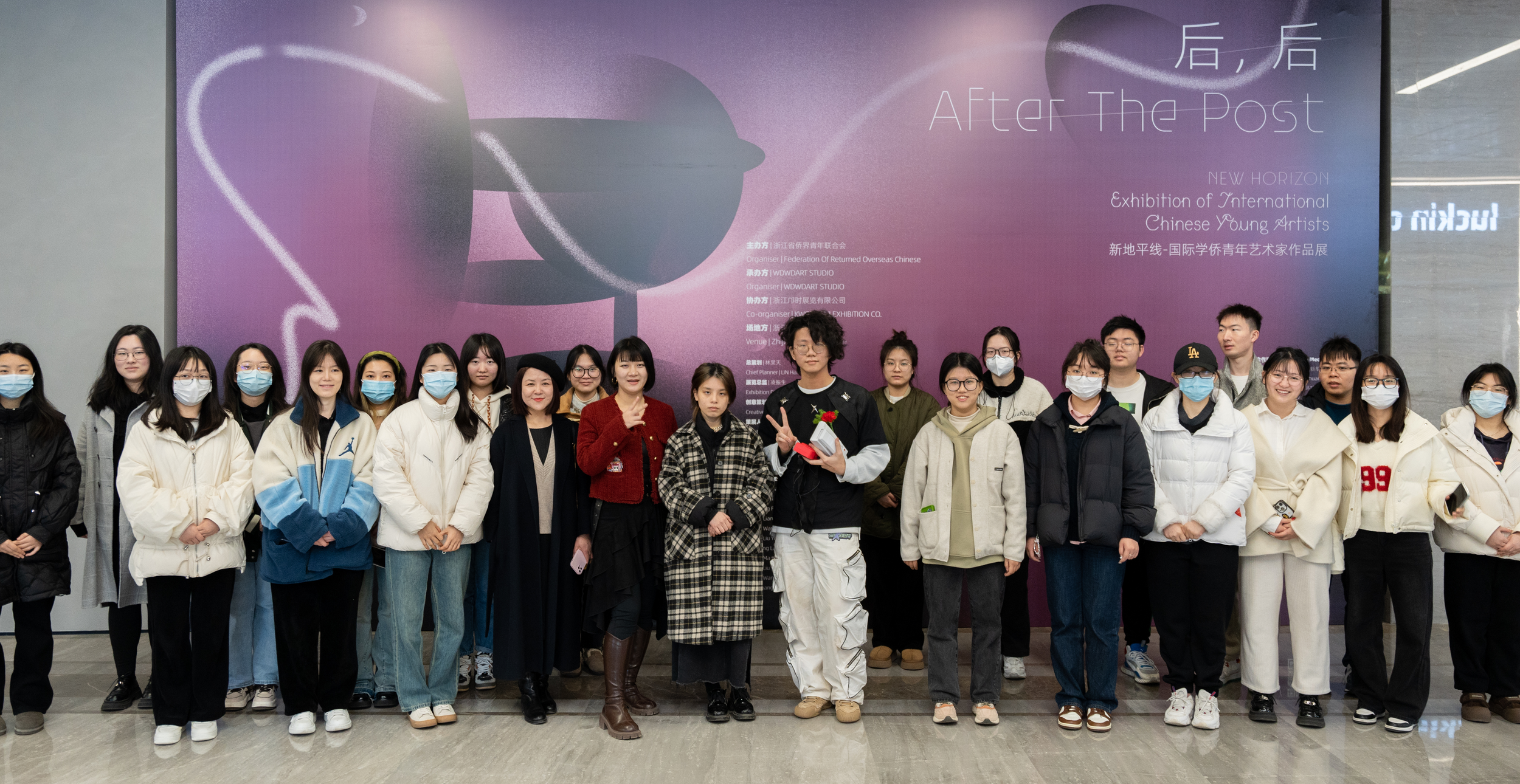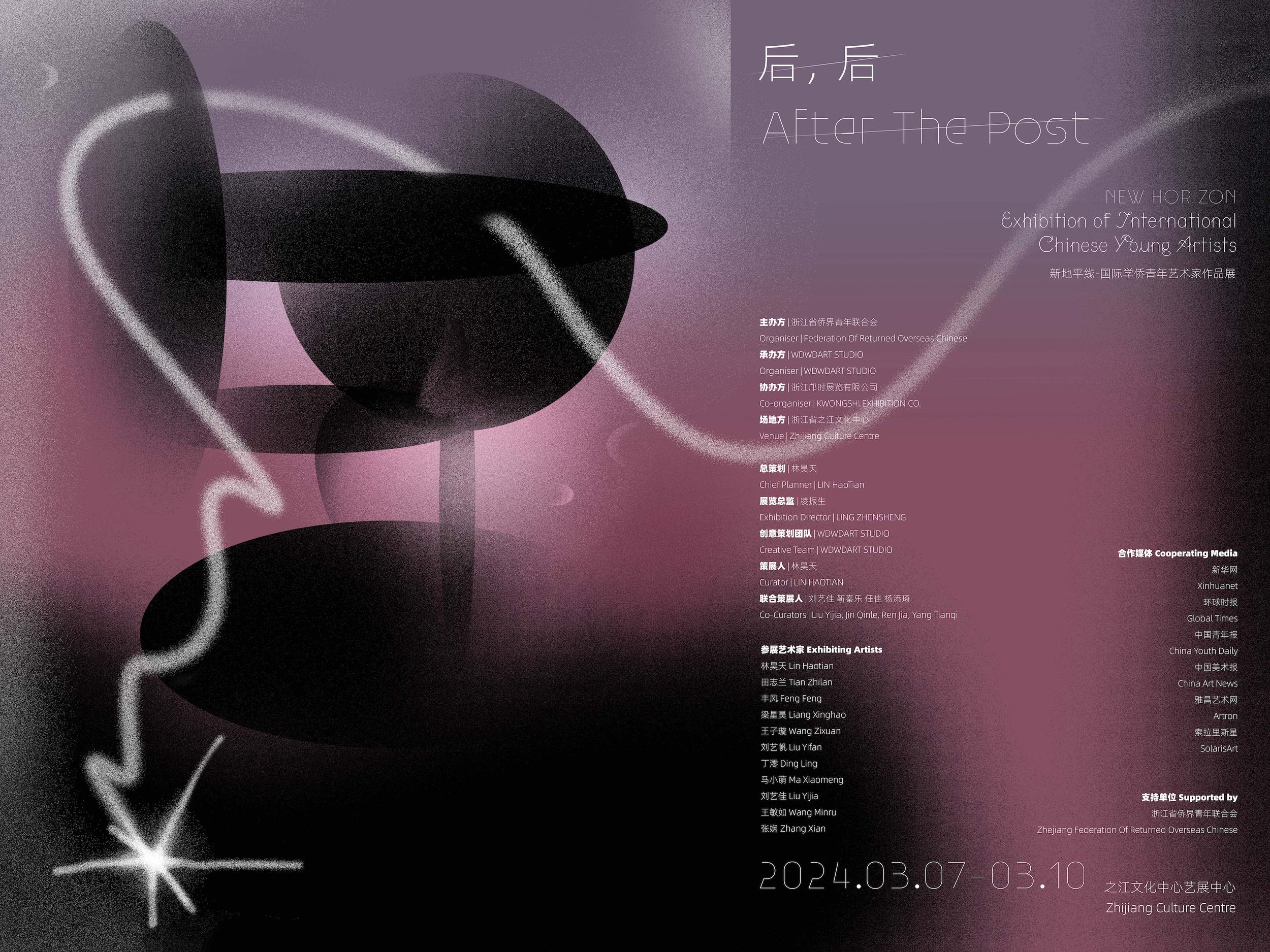
Exhibition foreword
Escape from "after the post" , destination rather than path
Writed by Lin Haotian|WUDA WUDA - Curator
A chaotic and leaderless force churns on the wilderness. Within this discourse system that emphasizes the "individual," the "individual" itself is ironically flattened the most.
Contemporary art emerged in precisely such a soil, where it was immediately swept into the currents of critique and resistance, placed in a utilitarian position, treated more as material than object, with artists themselves caught up within. In this milieu, all processes themselves, and those possibilities serving as ends, are continually marginalized within a macro context. For instance, within the mainstream, one can trace back to earlier times, from the ceiling paintings of the Sistine Chapel to the aestheticism complying with the late politics of the Austro-Hungarian Empire, from Manet's support for the opposition to the echoes of industrial production in Kandinsky and Bauhaus, from the frescoes in Roman churches to the Rococo of the Palace of Versailles, the transfer of ecclesiastical and royal authority, the transformation of modes of production, the future light of farsightedness. The gods of the past and emerging ones nurtured their spokesmen in the wilderness of artistic genesis, each collision and tremor shaping the landscape of contemporary culture.
Throughout this process, the consistent theme is the struggle for discursive power, the multidimensional confrontation between central discourse systems and other discourse systems, while the creative act passively serves as material, or plunges into, or is ensnared by various narratives.
On this dimension, the surface manifestation of the alienation of the art system is the alienation of marginal discourses, but its fundamental structure is the alienation of the struggle for discursive power itself for both content producers and consumers. In this process, relatively closed discourse systems gradually take shape, akin to luxury brands shaping their followers for the audience - "only truly educated people understand how to appreciate xxx's work" "how come you don't even understand this."
Yet on another level, the creative individual inevitably transcends discourse systems, while discourse systems precisely cannot transcend. Art education, as a construction of discourse systems, inevitably has its purpose and judgment systems, but the transcendent nature of creative acts cannot be ignored in this process. Forcing individual creative acts into judgment systems highlights the contradictions inherent in this process.
The struggle for artistic discourse power is like a vast net spanning ideologies and markets, shrouding every participant with education and interests, language is the source of violence, when we use its ways to understand and narrate, we are already in a state of closure, even if openness and diversity are held high here.
To breathe amidst the quagmire of the struggle for discursive power, I attempt to reconsider the meaning of creative acts within the pre-existing discourse system, setting aside the mystery of the term "art" as a signifier, directing attention towards the value of creative acts beyond being tools and materials in the struggle for discursive power, after all, from what I know, the vast majority of creators start creating out of a need for expression.
The construction of subjectivity needs the mirror of others; it is the flow of information between subjects that tells us who we are. External expression is like bats emitting sonar waves, determining their own position through the echoes reflected from others. Creative expression carries more weight of one's own life compared to rational or everyday expressions, like a leap in walking. Here, I will tell you who I am, and you will tell me: who I am.
This exhibition will elucidate the possibility of art life as an end rather than a path through two parts. The first part focuses on rational narrative works that articulate concepts to the audience (also referred to as the contemporary part, given the multitude of contemporary definitions to the extent that it becomes a sensation), while the works in the second part tend more towards the inner self of the creator. It is precisely between the differences in the two major sections, between the differences in the objects of attention, between the differences in methodologies, that the door to the possibility of art life begins to reveal its tip of the iceberg.
团团混沌而无领导的力在荒原上翻滚。在这片强调“个人”的话语体系之中,“个人”恰恰是最被扁平化的东西。
当代艺术诞生于正是那样一片土壤,其自诞生起便被裹挟入了批判性与对抗性的洪流之中,放置于工具化的位置之上,其更多的作为材料而非对象对待,艺术家也被裹挟其中。在其中,所有的过程本身,且作为目的的那些可能,在宏观语境下被不断边缘化。例如,在主流之中,甚至可以追溯至更早之前,从西斯廷大教堂的穹顶画到顺应奥匈帝国晚期政治需要的唯美主义,从为反对派支持的马奈到呼应工业生产的康定斯基与包豪斯,从罗马教堂中的湿壁画到凡尔赛宫的洛可可,教权与王权的转移,生产方式的变革,远视主义的未来之光。过去与新兴的诸神于艺术生发的原野之中扶植其自身的代言人,每一次撞击与震颤塑造了当下文化的地貌。
在这一过程之中一以贯之的是话语权的争夺,是中心话语体系和其他话语体系之间多维度的对抗,而创作行为被动的作为材料或投身或被裹挟入各种叙述之中。
在这一维度上,艺术系统的异化之表面体现为对边缘话语的异化,但其根本结构是话语权争夺本身对内容生产者及内容消费者的异化。在这一过程之中一个个相对封闭的话语系统逐渐构建成型,对观众而言如同奢侈品品牌塑造自身的拥趸——“只有真正学的人才懂怎么欣赏xxx的作品”“你怎么连这个都看不懂”。
而在另一层面之中,创作个体必然超越话语体系,而话语体系恰恰无法超越,艺术教育作为构建而出话语体系必然有其目的性与评判体系,但创作行为的超越性在这一过程中又无法被忽视,在将个体创作行为强行纳入评判体系的过程彰显了这一过程自身的矛盾。
艺术话语权争夺如同一张巨大的天网,横贯意识形态与市场,通过教育与利益笼罩于每一个参与者头顶,语言即暴力之源,当我们使用其间的方式进行理解和叙述之时,我们已然处于封闭性之中,哪怕这里高举着开放与多元。
为从话语权争夺的泥潭中得以喘息,我试图重提在前话语系统之中创作行为的意义,搁置【艺术】一词作为能指的神秘性,将关注点投向创作行为成为话语权争夺的工具与材料之外的价值,毕竟,就我所知的绝大部分创作者真正开始创作的那一刻来自于表达的需求。
主体的建构需通过他者之镜,正是主体间流动的信息告诉了我们是谁。对外表达恰如蝙蝠发出的声波,通过从他人身上反射而来的回声确定自身的位置。创作表达作为对比理性或日常表达带有更多自身生命的重量,如同纵身一跃之于行走,于此,我将告诉你们我是谁,你们将告诉我:我是谁。
本次展览将从两个部分进行阐述作为目的而非路径艺术生活化的可能性,第一个部分是侧重对观众阐述观念的理性叙述作品(也可以称其为当代部分,毕竟当代的定义如此之多以至于成为一种感觉),而第二个部分之中的作品更倾向于创作者内心。而正是两大板块的差异性之间,两种关注对象的差异之间,两类方法论的差异之间,艺术生活化的可能性之门露出其冰山一角。
——策展人:林昊天
Area of Ding Ling, After the Post, 2024
Individual works in the exhibition:
Attention! Here is nothing! After the Post, 2024
Area of Lin Haotian (wuda wuda), After the Post, 2024

